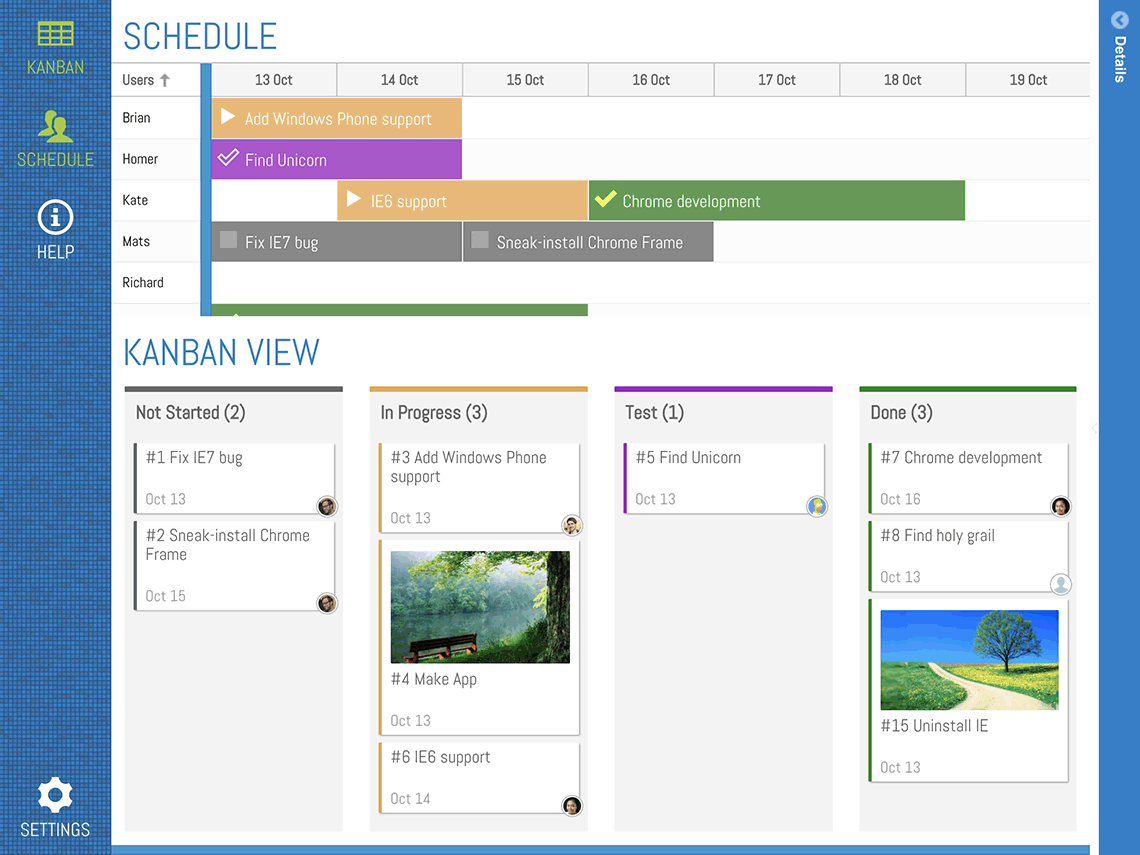
The signals measured from the surgeon's hand are transformed and used to drive a six-degrees-of-freedom robot to position the surgical instrument mounted on its tip. The tool is a telemanipulator that scales down the surgeon's hand motion and filters tremor in the motion. Absence of the roll dof, however, did affect the subjects' judgment of target orientation when their heads were at maximum elevation (pitch) and azimuth (yaw) combinations.Ī tool was developed that assists surgeons in manipulating surgical instruments more precisely than is possible manually. Results show that, while systematic overshoot errors in azimuth judgment occurred regardless of the roll condition, the addition of the roll dof to the platform had no statistically discernible effect on the subjects' ability to match the position (i.e., azimuth and elevation) of the remote targets. Subjects could only view the remote taskboard through images transmitted to a head mounted display (HMD) from a motorized pitch-yaw-roll camera platform they could see neither the local taskboard nor their own limbs. Six subjects were required to match the position and orientation of stationary target markers on a remote taskboard by manually placing response markers on an identical local taskboard.

We examined whether the inclusion of a third head-slaved 'roll' degree of freedom (dof)-in addition to pitch and yaw dofs-to control the orientation of a remotely-viewed or computer-synthesized scene can enhance spatial situation awareness.


 0 kommentar(er)
0 kommentar(er)
